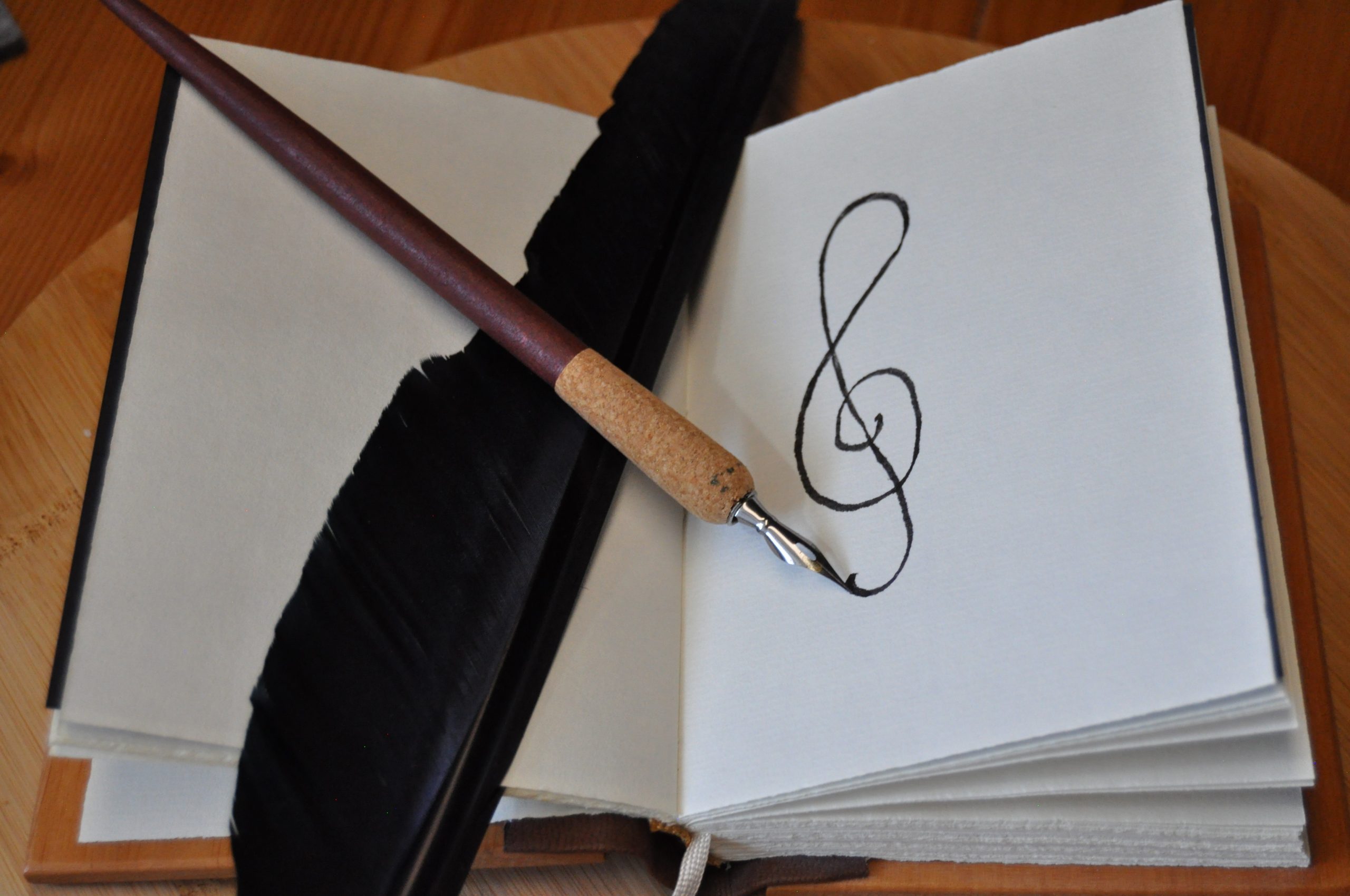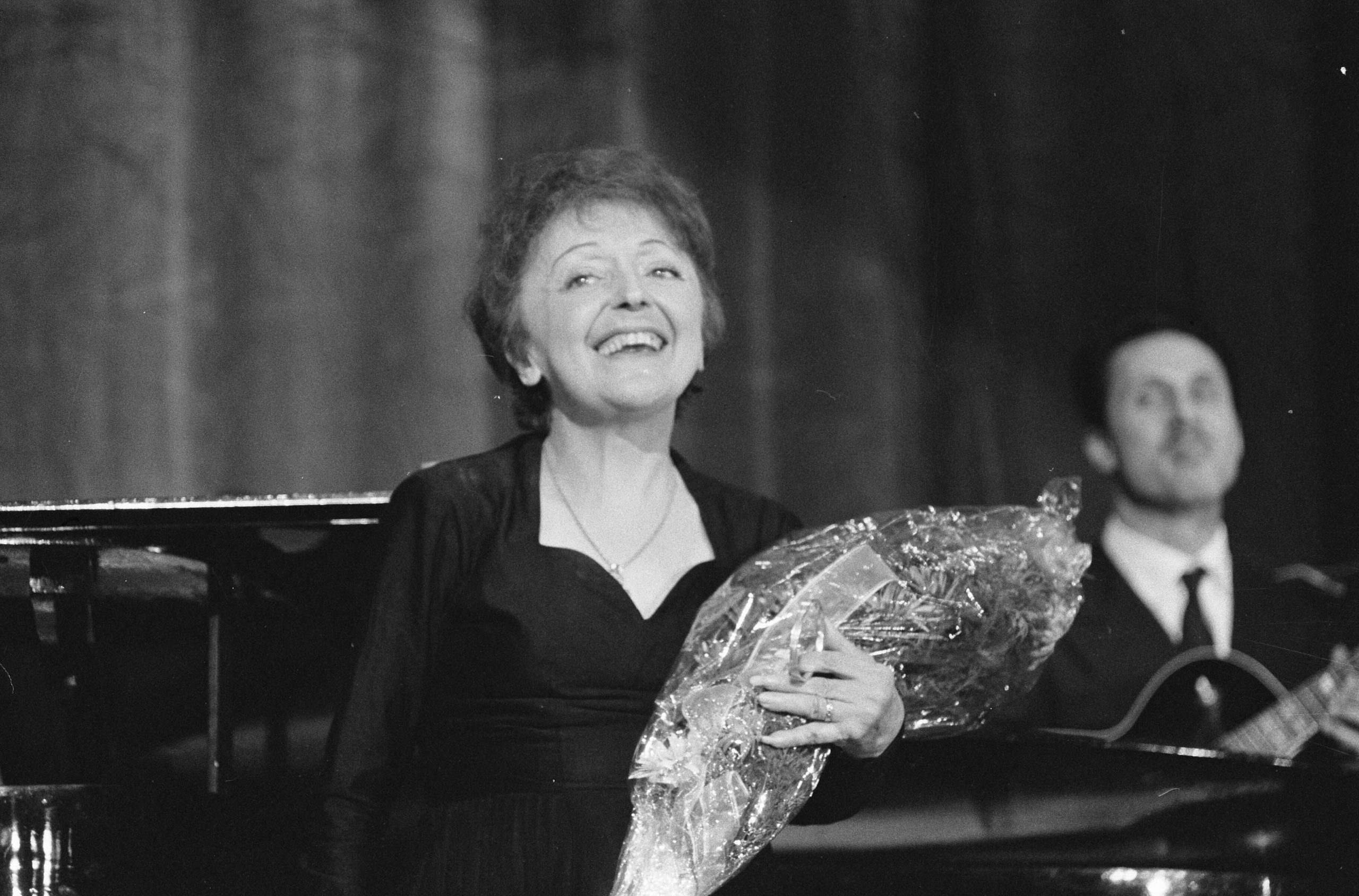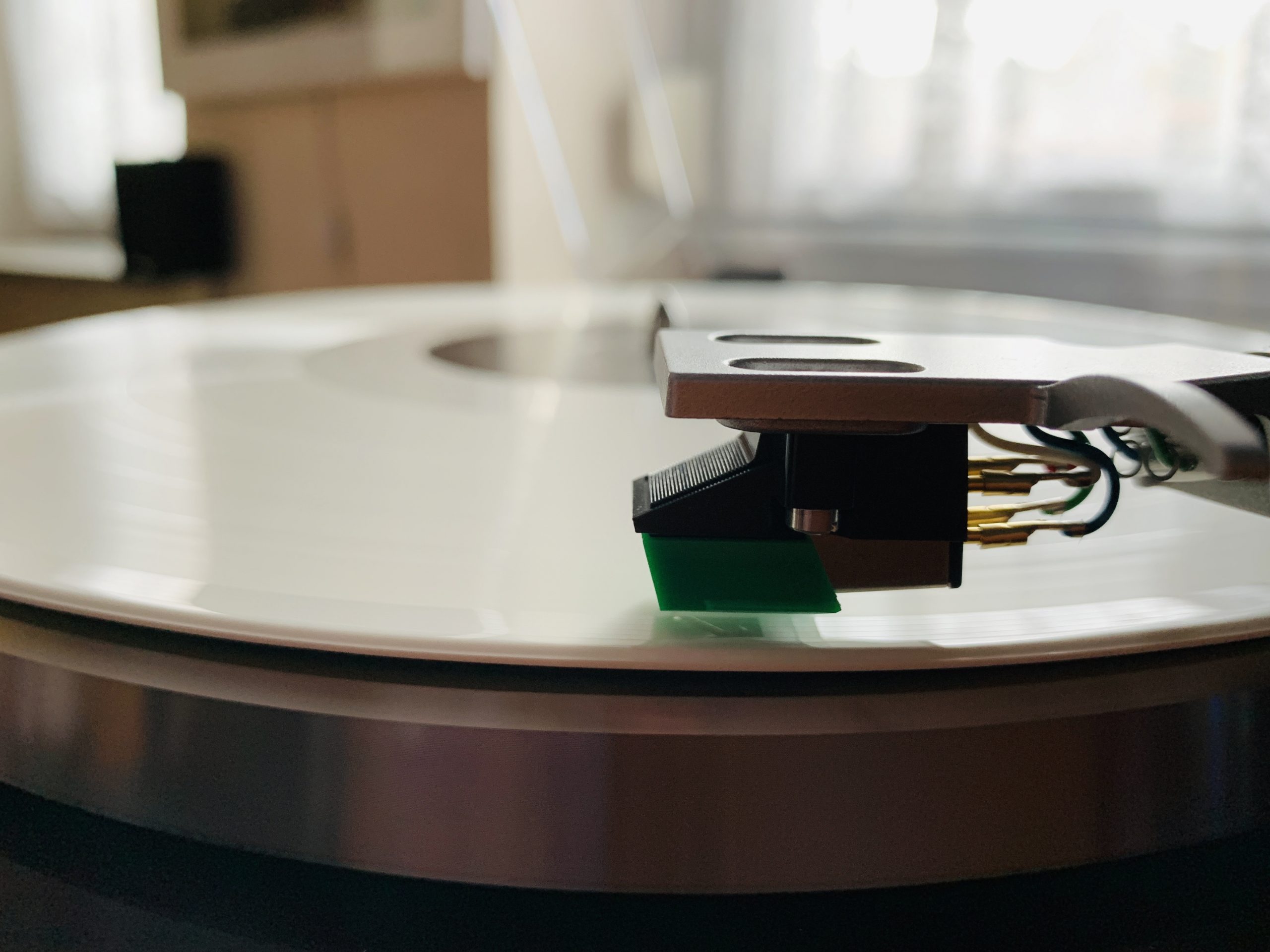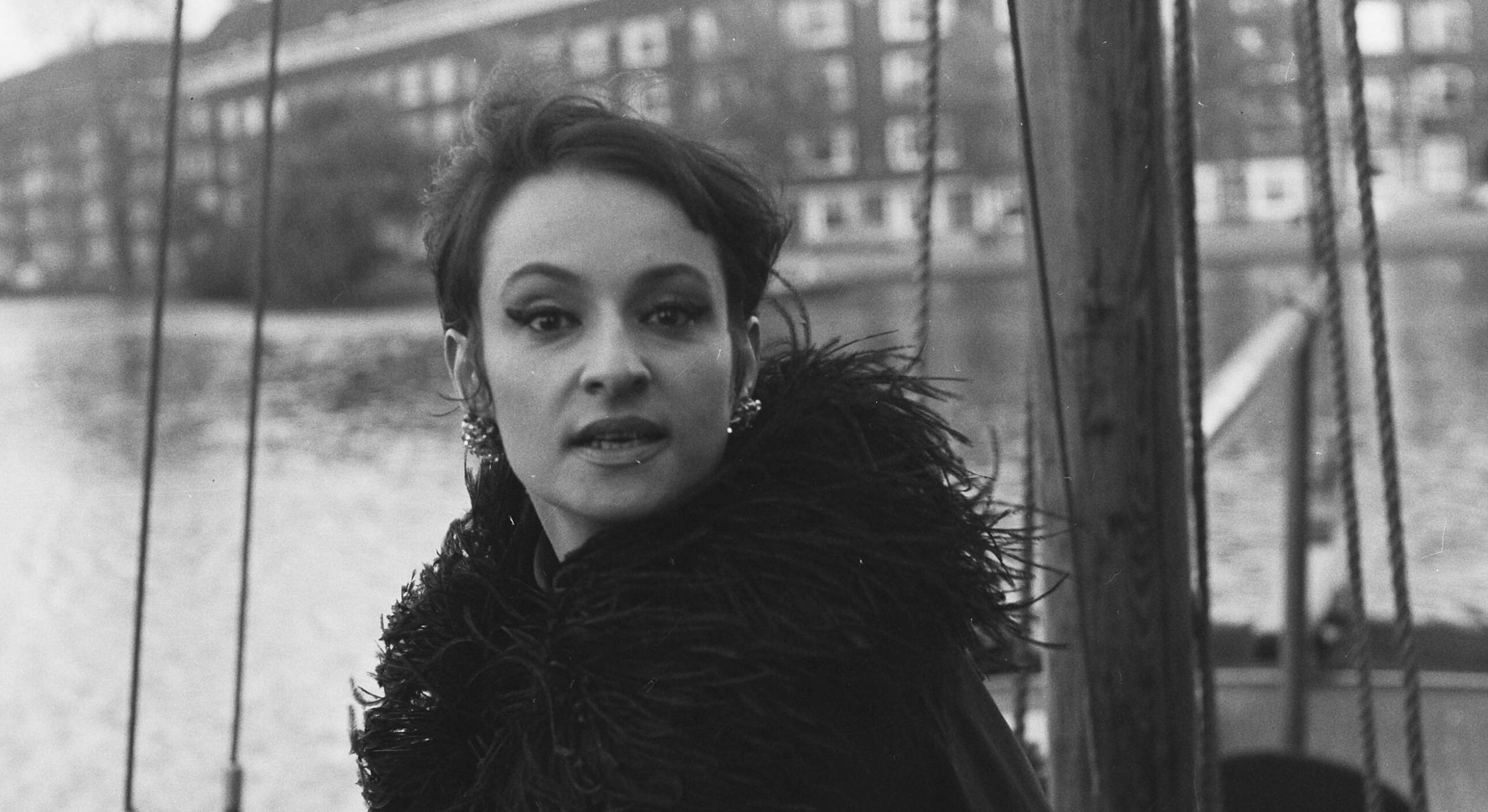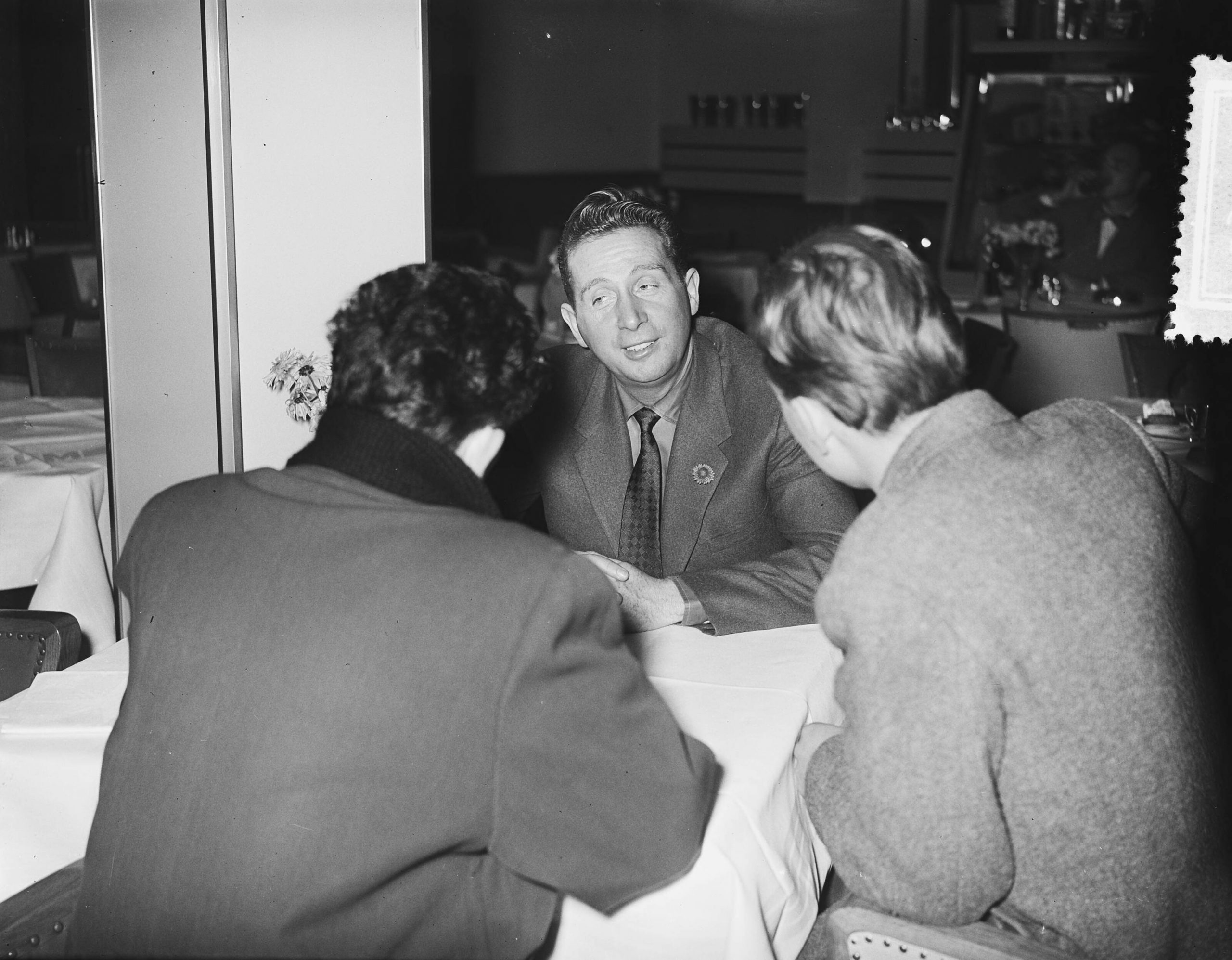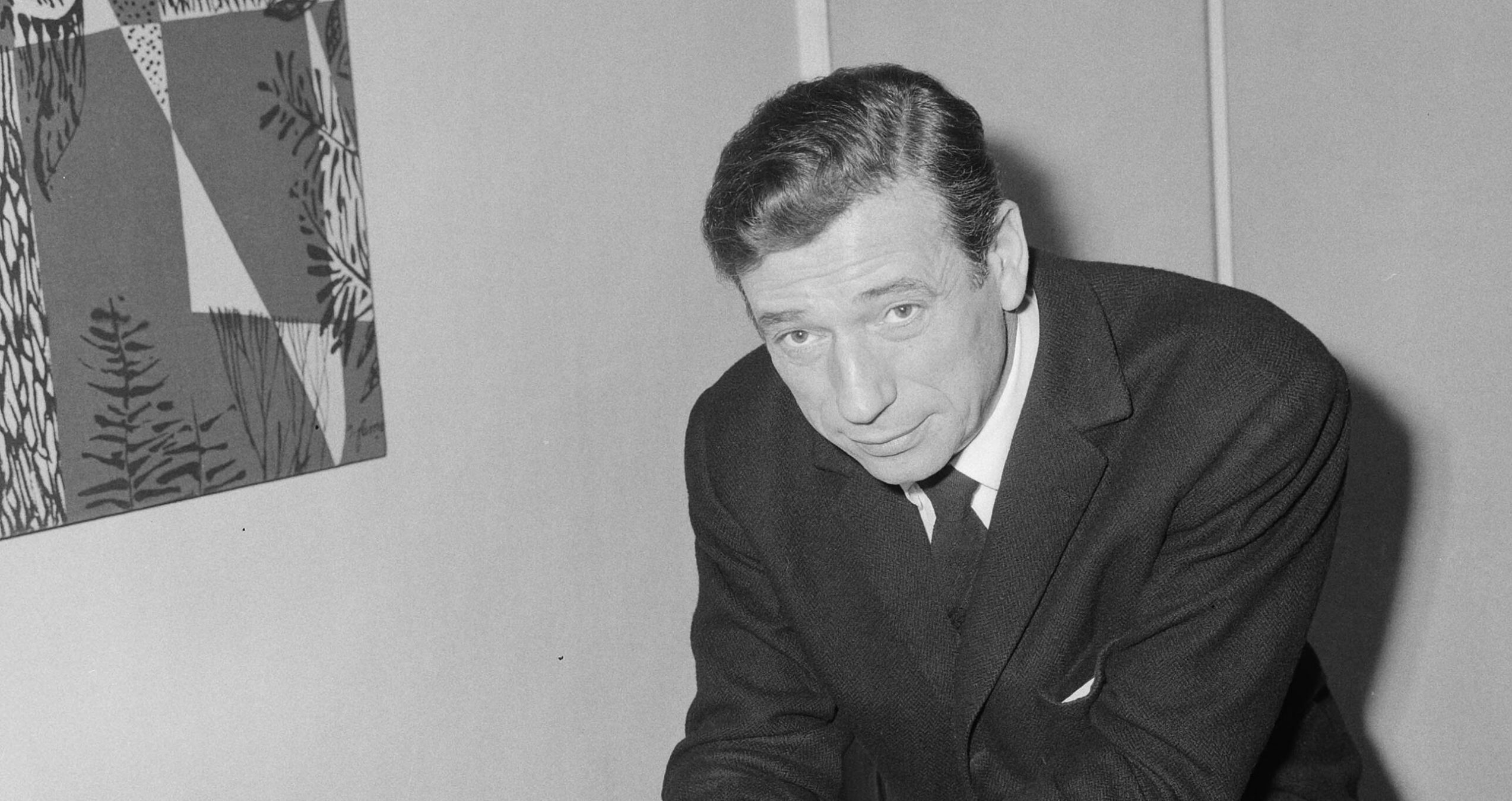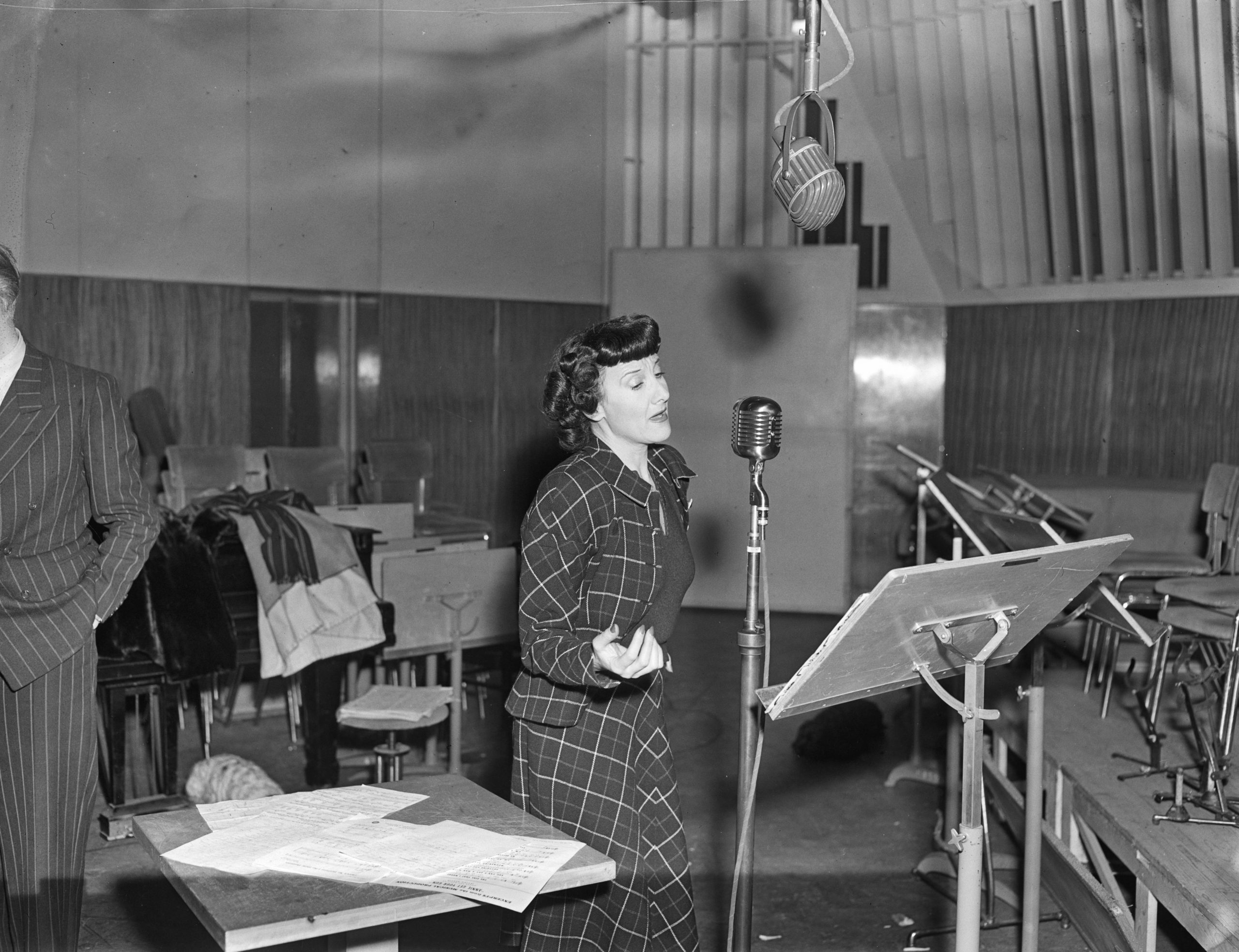Continued from part one
For Edith Piaf, there seemed to be no such thing as a hopeless situation: After Lepplée’s death, she was discovered by the songwriter Raymond Asso, who was more to her than just a manager: Asso is said to have helped Piaf create the stage persona of herself that would make her world famous a few years later.
Raymond Asso is also credited with the fact that Piaf from then on consistently used the stage name Edith Piaf and no longer Môme Piaf.
Asso assisted her in all matters: how should she dress on stage? How should she interpret this or that passage in a chanson?
Theatre
The chanson Mon légionnaire, to which Raymond Asso wrote the lyrics, was Edith Piaf’s first great success as a chanson singer. The composer Marguerite Monnot wrote the music for the chanson – Piaf had a lifelong friendship with the composer.
The period of occupation in France was no obstacle for Piaf to continue her career: What mattered to her was her artistic advancement. In addition to her work as a chansonnière, she could also be seen on theatre stages in Paris in the forties.
One evening, Piaf met the writer Jean Cocteau in Paris: Cocteau decided to write a one-act play for Piaf entitled Le Bel Indifférent. The play, which lasted about half an hour, was written for Piaf and was a single monologue – Piaf was the only actress in the play.
With Piaf, every single performance of a chanson was staged like a theatre production.
« ARRÊTEZ LA MUSIQUE ! »
When the composer and songwriter Michel Emer wrote the chanson L’accordéoniste for Piaf, Piaf added her own touch to the chanson, as she so often did in her interpretations: at the end of the chanson, Piaf commands “ARRÊTEZ ! Arrêtez la musique !” (in English: “Stop! Stop playing music!”) and the orchestra immediately complies with her order.
When Piaf performed the chanson L’accordéoniste for the first time at the Bobino, one of the most renowned Parisian stages, the audience wondered at the “ARRÊTEZ” passage whether the microphone was broken or the artist had some other problem. Yet it was nothing more than a dramaturgical element, as the audience soon understood. Only Edith Piaf could credibly add such personal notes to her chansons – with her, every single performance of a chanson was staged like a theatre production.
Ambassador of chanson culture
In August 1944, Edith Piaf and the young chanson singer Yves Montand met for the first time: Piaf saw great potential in the young Montand and helped him gain access to engagements at renowned Parisian stages.
In the 1940s, Edith Piaf was crowned the future chanson star of the Parisian music halls: she had her first great successes and assembled her creative team, who were to write countless chansons for her in the years to come and make the name Edith Piaf synonymous with French chanson throughout the world. After the Second World War, Edith Piaf had a long stay in the United States on her agenda – this stay was convenient for her, not least to avoid the heated debate about the collaboration of artists in occupied France. At first, people in America did not really know what to make of the chanson singer – it was only in the course of the 1950s that Piaf became an ambassador for French chanson culture in the USA as well.
Suffering
After the death of her lover Marcel Cerdan in 1949, Edith Piaf entered a new phase in her life: In the fifties, Edith Piaf recorded a large part of those songs for which she is mainly known today. She worked with Georges Moustaki, among others, who wrote the chanson Milord for her. In 1951, the young Charles Aznavour became Edith Piaf’s personal secretary – in return, Piaf advised her former personal secretary a few years later when he wanted to start a career as a chansonnier himself.
Although the 1950s were Edith Piaf’s artistic peak, the decade was plagued by many mental and physical ailments: by the end of the 1950s, Piaf had reached the end of her tether – looking at photos of Piaf from this period, one catches a glimpse of the extent of her suffering.
Non, je ne regrette rien
At the end of the 1950s, the composer Charles Dumont and the lyricist Michel Vaucaire tried to play a song they had written for the bedridden singer: it was the chanson Non, je ne regrette rien.
But Edith Piaf initially refused: she didn’t want to hear that kind of chanson. One day, however, Piaf gave in to the two meticulous musicians who kept trying and she listened to the chanson.
When Piaf heard Non, je ne regrette rien for the first time, she realised: that chanson would be the culmination of her legacy as a chanson singer. Listening to a Piaf interpretation of Non, je ne regrette rien, it becomes clear that Piaf put all her remaining life energy into this chanson: when Piaf premiered the chanson at the Olympia in Paris at the end of 1960, it was not only one of the greatest comebacks of an artist in the 20th century, she is also said to have saved the prestigious Olympia from financial ruin with her comeback.
Piaf chansons tell the story of every single musician and poet who was involved in the chansons.
Marguerite Monnot
If one listens to chansons by Edith Piaf, these chansons not only tell the life story of the singer herself: Piaf chansons tell the story of every single musician and poet who was involved in the chansons. Especially with the French composer Marguerite Monnot, Piaf realised countless projects, including Milord or Hymne à l’amour. Monnot had also first presented Piaf with the idea for La vie en rose, but Piaf decided to produce the chanson with her friend Marianne Michel.
Piaf’s stage presence was not only fascinating, it was profoundly contradictory: the pious black dress she wore on stage and her necklace in the shape of a cross were in great contrast to her lifestyle, which did not correspond at all to the typical lifestyle of the era.
The Piaf standard – unattainable
During the chaotic times of her life, her friend Marlene Dietrich often stood by her. Piaf is also said to have suggested that Marlene Dietrich include the chanson La Vie En Rose in her repertoire. So far, whenever Marlene Dietrich interpreted another artist’s chanson, her version always became the standard. But La Vie En Rose was an exception: although Marlene interpreted the chanson several times, Edith Piaf’s original version has remained the standard by which all further interpretations must be measured.
Admittedly, in the case of Edith Piaf it is unattainable – there will certainly never be a second Edith Piaf.
Main sources:
- Salié, Olaf: Chanson: Leidenschaft, Melancholie und Lebensfreude aus Frankreich [Chanson: Passion, Melancholy and Joie de Vivre from France], 2021 Prestel Publishing house
- Bensoussan, Albert: Edith Piaf, 2013 Éditions Gallimard
- Bemmann, Helga: Marlene Dietrich – Ihr Weg zum Chanson [Marlene Dietrich – Her Path To The Chanson], 1990 Lied der Zeit Publishing house
Cover picture: Edith Piaf 1962 in Rotterdam
Image credit: Fotograaf Koch, Eric / Anefo, Nationaal Archief, CC0

 Deutsch
Deutsch Français
Français